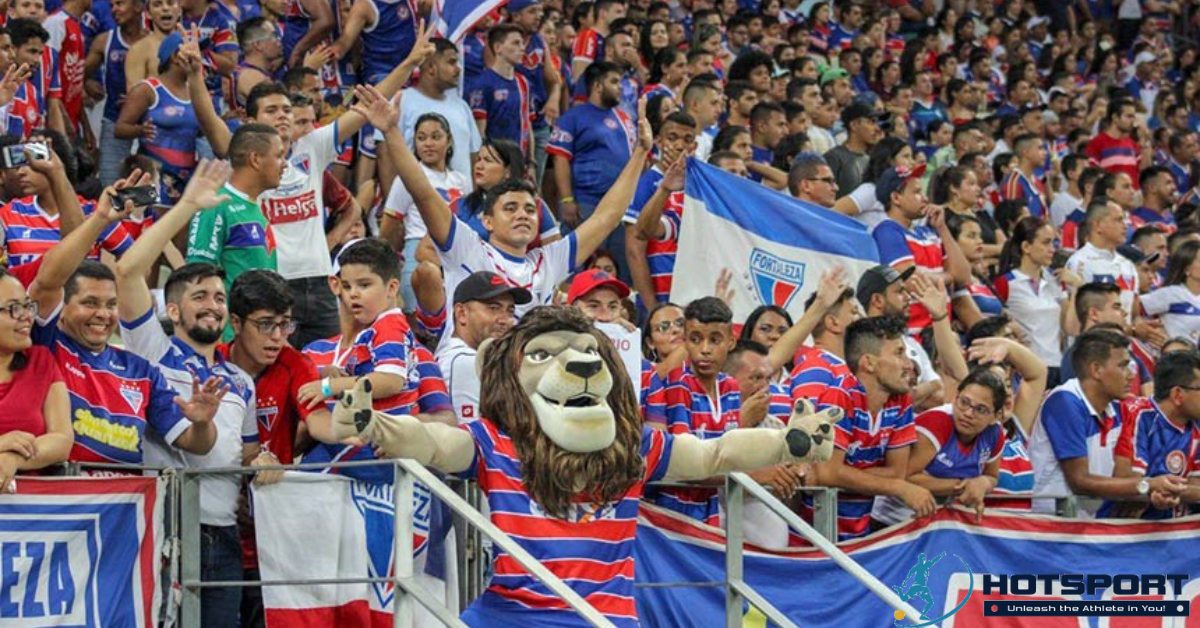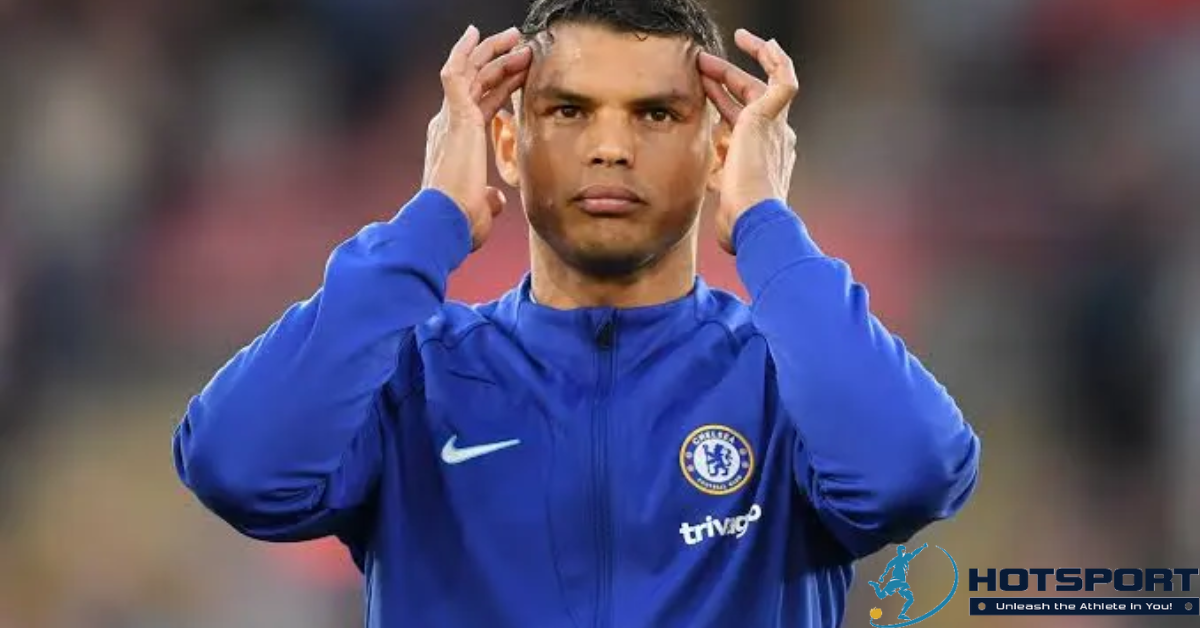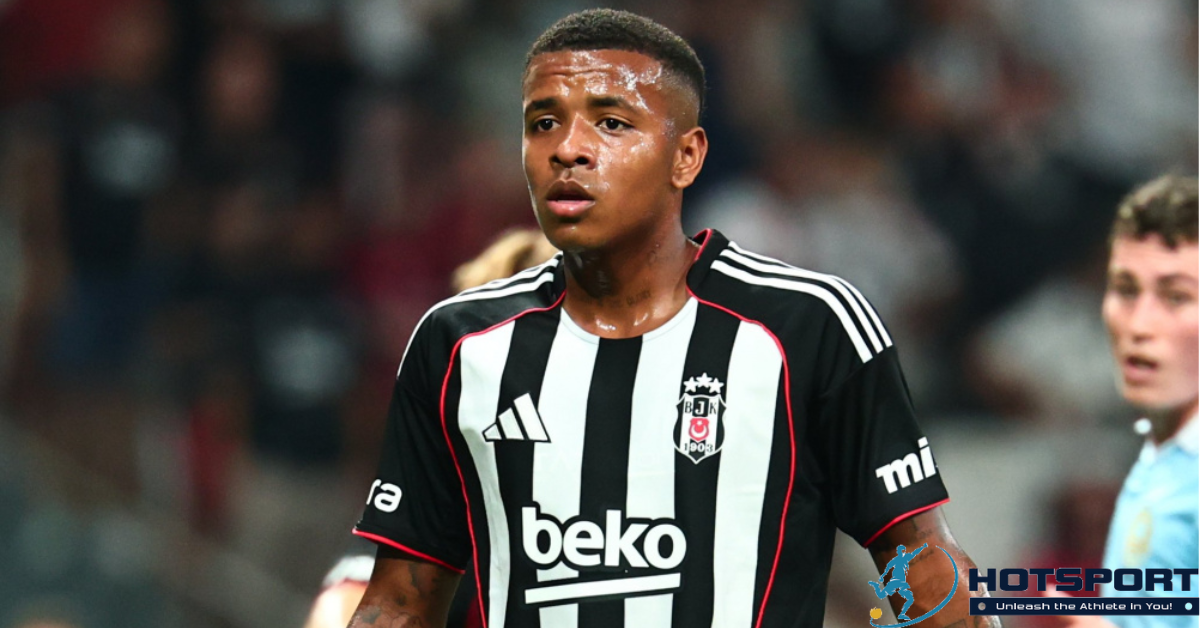Fortaleza Esporte Clube: A History of Glory and Passion
Fortaleza Esporte Clube is one of Brazil’s most traditional and beloved clubs, based in the vibrant city of Fortaleza, the capital of Ceará. Founded on October 18, 1918, the club is primarily known for its football but also excels in other sports such as futsal, handball, and basketball. With its red, blue, and white colors, Fortaleza boasts a rich history marked by achievements, intense rivalries, and a passionate fanbase that positions it as one of the greatest clubs in Brazil’s Northeast. This article explores the club’s journey, accomplishments, culture, and impact, celebrating its centennial legacy.
Origins and Foundation
The Beginning
The history of Fortaleza Esporte Clube began in the early 20th century during a period of cultural and sporting fervor in Ceará. On February 23, 1912, Alcides de Castro Santos, a young entrepreneur and sports enthusiast, founded a club named Fortaleza. Shortly afterward, he contributed to the creation of the Stella Foot-Ball Club, named in homage to a Swiss school attended by some of the founders. However, it was on October 18, 1918, that the Fortaleza Sporting Club was officially established, marking the beginning of the journey that would lead to the modern Fortaleza Esporte Clube.
The Choice of Colors and Name
The colors red, blue, and white were chosen to represent the club, symbolizing passion, strength, and purity. The name “Fortaleza” reflects the pride of the city, known for its resilience and beauty. Over the years, the club underwent name changes, particularly during the Estado Novo period in the 1940s, when Decree-Law No. 3,199, signed by Getúlio Vargas, mandated the nationalization of sports club names, transforming Fortaleza Sporting Club into Fortaleza Esporte Clube.
Football Achievements
Dominance in the Campeonato Cearense
Fortaleza Esporte Clube is a powerhouse in the state, with an impressive 46 Campeonato Cearense titles, making it the second-most successful club in the competition, behind only its rival, Ceará Sporting Club. From its early years, the club demonstrated its strength, winning titles such as the Torneio Início do Ceará in 1925, 1927, 1928, 1933, 1935, 1948, 1960, 1961, 1962, 1964, 1965, and 1977. These achievements solidified Fortaleza as one of the most respected clubs in the state.
Regional and National Success
Regionally, Fortaleza shines with significant victories. The club won the Copa do Nordeste in 2019, 2022, and 2024, establishing itself as a force in Northeast football. Additionally, the 1970 Torneio Norte-Nordeste is a key milestone in its history. Nationally, Fortaleza’s greatest achievement was the 2018 Campeonato Brasileiro Série B title, which marked the club’s return to Brazil’s football elite. The club also finished as runner-up in Série A in 1960 and 1968 and was runner-up in Série B on two occasions, showcasing its competitiveness on the national stage.
International Competitions
Fortaleza made history as the first Ceará club to participate in the Copa Libertadores in 2022, after finishing 4th in the 2021 Campeonato Brasileiro Série A. In 2023, the club achieved another remarkable feat by reaching the Copa Sudamericana final, becoming the only Northeast team to accomplish this, though it lost to LDU Quito on penalties. These international campaigns elevated Fortaleza’s prestige and demonstrated its ability to compete at a high level.
Other Sports
Handball: A Tradition of Titles
Beyond football, Fortaleza Esporte Clube has a strong tradition in Olympic sports. In handball, the club won the Women’s Brazilian Championship in 2001 and the Men’s in 2004. It is also a two-time champion of the Northeast Handball League in the men’s (2010 and 2011) and women’s (2001 and 2015) categories, showcasing its excellence in the sport.
Futsal: A Rising Giant
In futsal, Fortaleza is a powerhouse, with titles such as the 2024 Brazilian Futsal Championship, the 2003 North/Northeast Futsal Championship, and the Northeast Futsal League titles in 2009 and 2024. These results highlight the club’s commitment to promoting futsal and developing high-level athletes.
Basketball: Regional Achievements
Basketball is also part of Fortaleza’s history, with victories in the Northeast Basketball Championship in 2001 and 2003. These accomplishments reinforce the club’s multi-sport vocation, striving for excellence in all the disciplines it competes in.
Symbols and Identity
Juba, the Lion Mascot
Fortaleza’s mascot is Juba, the lion, adopted in the 1960s following a journalist’s suggestion, inspired by General Tibúrcio Square, known as Praça dos Leões, in Fortaleza. The lion symbolizes strength, courage, and leadership, qualities that reflect the spirit of the club and its fans.
Crests and Uniforms
Since its founding, Fortaleza has had six different crests, each marking a phase of its history. The first, in 1918, was a peninsular-shaped design with the name “Fortaleza” in royal blue. In the 1940s, the crest was divided into red at the top and blue at the bottom, with a white stripe and the initials FSC (Fortaleza Sporting Club) and later FEC (Fortaleza Esporte Clube). The club’s primary uniform features a shirt with horizontal blue, red, and white stripes, blue shorts, and white socks, while the alternate uniform is predominantly white with blue details.
Infrastructure
Stadiums
Fortaleza plays its matches at three main stadiums: Estádio Alcides Santos, with a capacity of 8,300; Estádio Castelão, which holds 63,903 spectators; and Estádio Presidente Vargas, with a capacity of 20,600. Estádio Alcides Santos, located in the Pici neighborhood, was inaugurated in June 1962 with a victory over Usina Ceará. The club’s headquarters, also in Pici, is a complex with buildings named in honor of historical club figures.
The Pici Neighborhood
The Pici neighborhood is central to Fortaleza’s identity. In 1957, the club acquired land in the area, which had housed an American military base called Post Command during World War II. This land was exchanged for the Clube de Gentilândia, and Fortaleza became known as the “Leão do Pici,” referencing both the neighborhood and the lion mascot.
The Tricolor Fanbase
Unmatched Passion
Fortaleza’s fanbase is one of the club’s greatest strengths. Considered the largest in Ceará, the second largest in the Northeast (behind only EC Bahia), and the 13th largest in Brazil, Tricolor fans are known for their passion and dedication. Since the 1970s, Fortaleza has led attendance in Ceará stadiums, particularly after memorable campaigns like the Brazilian Championship runner-up finishes in 1960 and 1968 and the 1970 Torneio Norte-Nordeste title.
The Clássico-Rei
The rivalry with Ceará Sporting Club, known as the Clássico-Rei, is one of the fiercest in Brazilian football. Matches between Fortaleza and Ceará draw massive crowds and electrify the city, with stunning mosaics and an intense atmosphere in the stadiums. This rivalry is a cornerstone of Ceará’s football culture and underscores Fortaleza’s significance in the local sports scene.
Sócio Torcedor Program
Fortaleza’s Sócio Torcedor program is a success, with over 34,000 members. It offers benefits such as priority access to tickets, discounts on official merchandise, and exclusive experiences like entering the field with players or visiting the club’s headquarters. The Tricolor fanbase values these initiatives, which strengthen the bond between the club and its supporters.
Cultural and Social Impact
A Symbol of Ceará
Fortaleza Esporte Clube transcends sports, serving as a symbol of identity and pride for the people of Ceará. Its achievements in football and other sports inspire generations and promote sports as a tool for inclusion and development. The club also maintains social projects that benefit the local community, reinforcing its role as an agent of transformation.
Publications and Legacy
Fortaleza’s history is preserved in several official publications, such as the Álbum do Fortaleza Sporting Club (1940s), Livro Ilustrado 100 anos do Fortaleza Esporte Clube (2018), and Almanaque do Fortaleza (2022). These works document the club’s achievements, memorable moments, and evolution over more than a century.
The Future of Fortaleza
New Ambitions
With recent participation in international competitions and increasingly professional management, Fortaleza Esporte Clube is poised for new challenges. The club plans to continue investing in its infrastructure, youth development, and fanbase expansion. The goal is to establish itself as one of Brazil’s top clubs, competing regularly in continental tournaments and pursuing new national titles.
Centennial Legacy
Celebrating over 100 years of history, Fortaleza Esporte Clube carries a legacy of glory, passion, and resilience. From Alcides Santos to Juba, the lion, the club embodies the strength of the people of Ceará and their dedication to sports. With a loyal fanbase and a history filled with achievements, Fortaleza continues to write its story, inspiring new generations to proudly wear the red, blue, and white.
Conclusion
Fortaleza Esporte Clube is more than a sports club; it is a cultural icon of Ceará and Brazil’s Northeast. With 46 state titles, three Copa do Nordeste titles, a Série B championship, and historic participation in international competitions, the club demonstrates its greatness both on and off the field. Its passionate fanbase, Juba the lion mascot, and the Clássico-Rei rivalry are essential parts of its identity. Whether at Estádio Castelão, Alcides Santos, or Presidente Vargas, Fortaleza continues to roar as the Leão do Pici, a symbol of struggle, passion, and glory.



